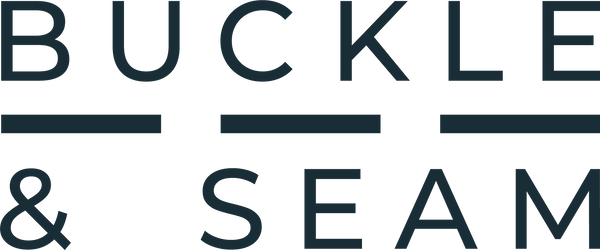
Different types of leather
WHAT TYPES OF LEATHER ARE THERE?
Anyone who buys a new bag or backpack these days has an endless choice of options. From old truck covers to PET fiber and bags made from completely recycled materials, to cotton, polyester and finally what is probably the oldest material, leather. The selection is huge. The decision is difficult. We know! But below we might be able to convince you to go back to the origins.
WHEN HAS LEATHER BEEN EXISTED?
Leather as a raw material was used as protection against wind and weather as early as the Stone Age. The first humans quickly realized that they were less well equipped to deal with external influences than animals. So they started using the skins of their prey as blankets and clothing. However, this was not yet a fully developed concept. If animal skins are not treated, they will either become stiff after a few days or begin to rot. What to do? Through regular smearing with oil and the tactic of further stretching the animal skin, a flexible material was finally created that lasted a lifetime and protected people from cold and moisture for 8,000 years BC.
GENUINE LEATHER, AS WE KNOW AND USE IT TODAY, HAS BEEN AROUND APPROXIMATELY 5,000 YEARS AND WAS PROVEN TO BE “INVENTED” BY THE EGYPTIANS. THESE BEGAN WITH VEGETABLE TANNING, BUT ALSO TREATING THE HIDES WITH AGENTS BASED ON MINERALS AND OILS.

HOW DOES TANNING WORK?
Tanned leather goes through a process that guarantees the preservation of the raw material. The selected tannins form a chemical bond with the fibers of the animal skin to prevent hardening and decay due to decay. In addition, the animal fibers are changed so much during this process that even water no longer has any influence on them.
Mineral and vegetable tannins include chromium3 or olive leaves.
A journey through our production

DIFFERENT TYPES OF LEATHER
We don't want to presume to define exactly how many types of leather there are. However, after some research, it is clear that a type of leather is not only defined by the animal it comes from, but also by the form in which it is processed.
The most common leather goods are mostly made from lamb, pig or cattle skins. This is mainly because these animal skins in particular are produced as a “waste product” during meat production.
The leather expert would claim that there are exactly two types of genuine leather. Smooth/Conventional Leather and Suede. Unfortunately it's not that simple. We looked at a list of common types of leather and it includes different types of leather for almost every letter in the alphabet. We didn't count. There are simply too many. We would still like to give you a short summary of the most common types.
SMOOTH LEATHER
Covered smooth leather or finished leather is leather in which surface is treated with pigments, creating a colored protective layer that makes the leather water-repellent. This variety is used in all areas. Whether for the leather couch that has been sitting at your parents' house for 40 years, or your favorite leather shoes.
ANILINE AND SEMIANILINE LEATHER (NATURAL LEATHER)
These types are probably the most expensive. Pure aniline leather is an open-pored smooth leather that is not treated with pigments. This “non-treatment” means the leather retains its soft structure, but is also unprotected from sunlight or water. This leather usually has a naturally matt color. Semi-aniline leather is aniline leather that is only covered with a particularly thin layer of pigment in order to maintain the soft structure as much as possible, but still provide the material with a certain protective layer.
RAW LEATHER
Experts refer to what is generally seen as suede as suede. Various subdivisions are also summarized under the term suede. There are nubuck and suede leather, which are also counted as suede. All of these varieties have a sanded surface in common. This cut creates the almost velvety surface. The advantages of suede are primarily a pleasant feel and a beautiful structure. In addition, it is not only animal leather that is called leather. In addition to “real” animal leather, there are also “fake” types of leather, or imitation leather, which are not made from animal materials, or only from the “waste” that occurs during real leather production. Artificial leather is a term that you can no longer avoid today. But there is also a revolution among artificial leathers. A store in Berlin, Prenzlauer Berg, specializes in making bags made entirely from vegan leather. This means that no animal fats or oils are used during production. Nevertheless, this vegan leather has the same characteristics as conventional leather and looks the same.

WHAT MAKES OUR LEATHER SO SPECIAL?
What makes our leather special is not only its origin, but above all the way it is processed. The leather used for our travel bags and backpacks, work bags, laptop sleeves and accessories comes from the north of Pakistan. We only use high-quality cowhide.
During processing, care is taken to ensure that all individual layers of leather are retained in order to create a particularly durable material. This form is known as full grain. This allows us to guarantee that our leather has an average thickness of 1.6 - 2 mm. This means that, on average, it is almost twice as thick as the leather traditionally used for bags and rucksacks. We apply a so-called "crazy-horse finish" to the leather. This ensures that each of our products retains its natural, matt look. In addition, our products develop an individual patina over the years due to the way we manufacture them, making each one unique.
Our product philosophy
